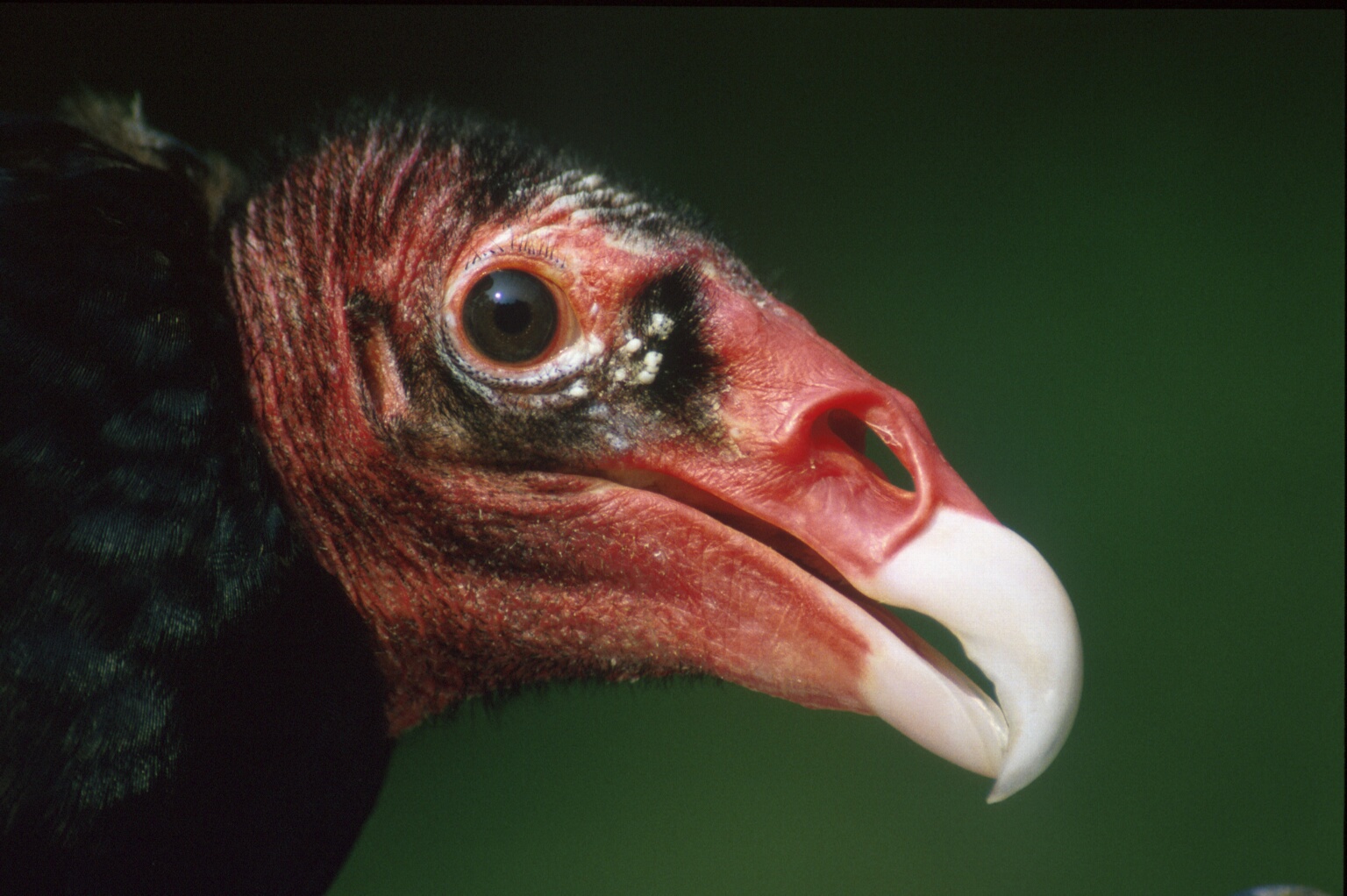
Site 7 of the Long-term Ecological Reflections Project (LTERP) is situated in the amphitheater of the Raptor Center at Shaver’s Creek Environmental Center.
For the next 100 years, writers, artists, musicians, children, students, and community members are invited to reflect on this and the seven other locations designated as part of the LTERP. This collection of reflections will provide an interesting and unique record over the next century so that future generations can better learn the story of this place.
Please enjoy these excerpts from several contributors to the project, and follow the links to read their full Creek Journals.
David Taylor (2013)
“The naturalists told me that one of these eagles had a cage mate that died not long ago. As I’m listening to them, I can’t help feeling a bit of sorrow, wondering if they are remembering their companion. I have this wonderful/dangerous tendency to filter through my emotions. As I tell folks, I cry at lots of things, low art, high art, and sadness or beauty wherever I imagine it: Tony Danza’s Angels in the Outfield; Hank Williams’ songs (I’m talking Sr. as Jr.’s best work just inspires people to throw whiskey bottles or watch football); well-sprayed graffiti; an act of compassion; the shape of light in the bottom of the Grand Canyon; lucky moments of inspiration. The risks are obvious: sentimentality, over-reaction, ignorance about the actual object; the returns are equally obvious: love, connection, openness.
When my daughter was a little girl, she once asked Bob Pyle, one of the world’s best lepidopterists, if butterflies feel? “Do you mean if they sense the world around them or if they have emotions?” he asked. “I don’t know,” she answered. Bob, having a big soul, smiled and paused. He then described a butterfly’s central nervous system and the relative size of its brain matter, but concluded, “I don’t know either.” “
Scott Weidensaul, Author (2006)
It’s hard not to read something into the eagle’s intense interest. I’m sure most of the people who stand before these enclosures feel a pang of regret on the raptors’ behalf, a lament mostly for their lost mobility, the chance to fly free like that vulture. And so do I. I’ve seen so many free-flying raptors in my life that it’s impossible not to draw a painful contrast with the captive’s life — Sharpshins coursing down the Kittatinny Ridge on a brittle autumn day, three hundred thousand Swainson’s Hawks in a single, galactic mass moving across the Mexican landscape, a Gyrfalcon slicing the midnight sun on the Alaskan North Slope. And Bald Eagles, of course, thousands of them from the Aleutians to the Florida Keys, pinned high against the blue on those great, flat wings.
Ian Marshall, Author/LTERP Founder (2006)
But there I go, turning nature into metaphor, these birds into symbols of our lives, performing that intellectual trick of rendering the life around us into a reflection of our own lives, diminishing the whole of the natural world into an object lesson for human self-regard. It is precisely that way of viewing the natural world — seeing it only in our own frame of reference, on our own terms — that may account for our disconnection from it. That impulse toward anthropocentrism may be the very building material of the cage we use to separate ourselves from the world.
David Gessner, Author (2012)
I get to stand next to the Great Horned Owl when they take it out. The poor bird shakes uncontrollably, like a Laundromat washer, Jerod suggests. I notice its tiny tongue (why so small? skunks don’t taste good?). And of course I notice, because you can’t help but notice, its enormous beautiful cartoon eyes. The interns talk about how wildly the pupils dilate.
I think of GHOs I’ve known and loved. The nestlings outside our house. The quiet hunter who flew almost silently by my head at the Wachusett reservoir in Mass. The unlucky bird that died on the beach on Cape Cod. (My friend saved its talons.)
Katie Myers (2007)
The bravery of the birds at the Center is amazing. They will never fly free again. Instead they live in enclosures much smaller than the stretch of the sky to which they were accustomed. I do not know if I could live that way, but they do it every day.
Though they may not know it, their suffering is not in vain. Hopefully seeing and learning about these amazing animals will inspire people to try to protect raptors living in the wild. Maybe due to the tolerance and courage of the birds at the Center, fewer birds of prey will be injured or killed by humans in years to come.
For more information
For more information on the Long-term Ecological Reflections Project, or to learn how to contribute material, please email Doug Wentzel at djw105@psu.edu.
